One of the Canary Islands' most famous artificial beaches, Playa de Las Teresitas in Tenerife, Spain, was created in the 1970s by importing 270,000 tons of sand from the Western Sahara desert.
One of the Canary Islands' most famous artificial beaches, Playa de Las Teresitas in Tenerife, Spain, was created in the 1970s by importing 270,000 tons of sand from the Western Sahara desert.
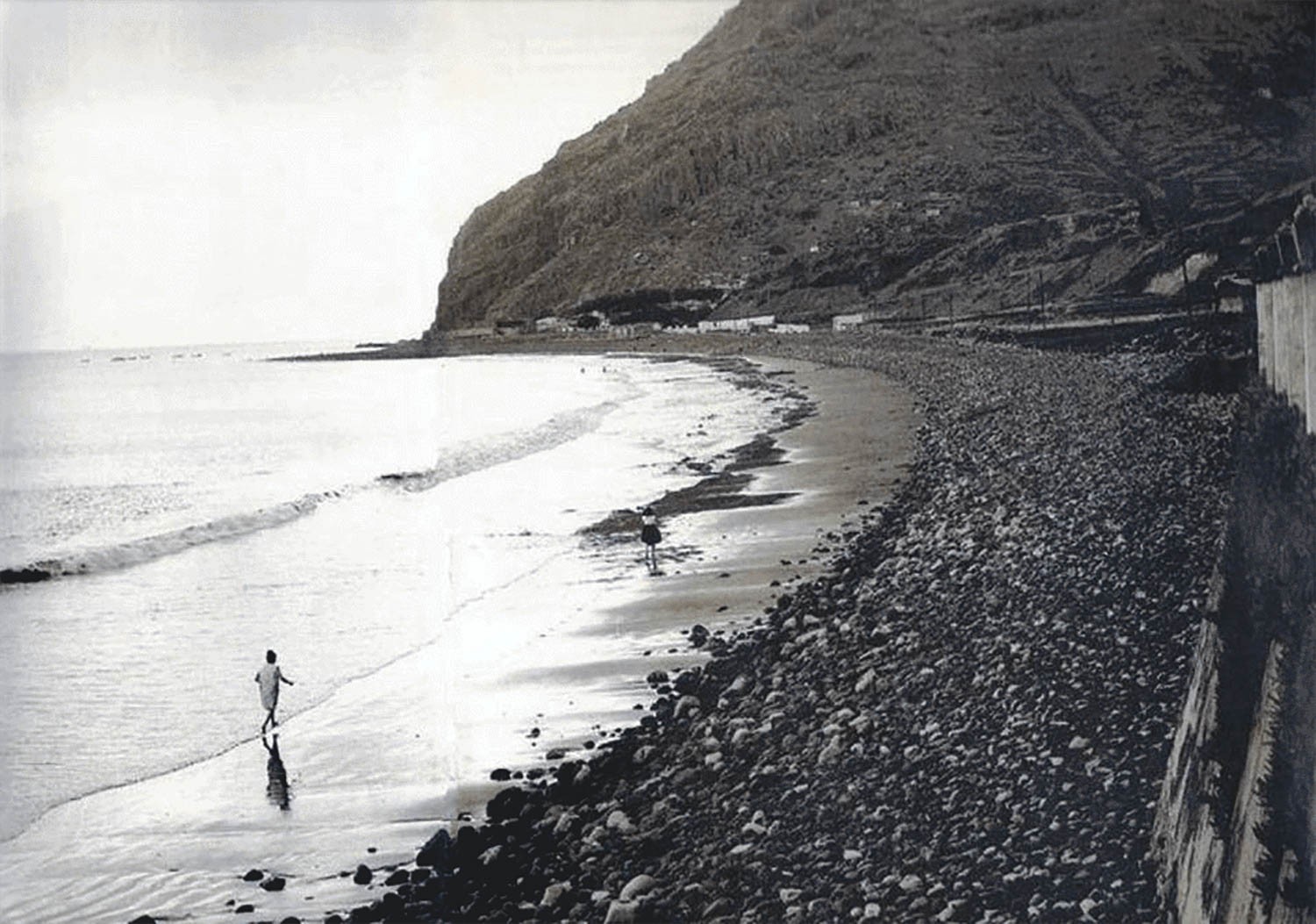 |
| Playa de Las Teresitas was once very different from the beach that tourists are used to today. In the past, it was a beach of pebbles and black volcanic sand, with choppy waters. It was a dangerous beach, with water crashing against rocks. But it was the only beach near Santa Cruz. The rest of the beach has fallen victim to sand mining by construction companies. Even the port of Santa Cruz de Tenerife is encroaching on the shoreline. |
 |
| In 1953, the Santa Cruz city council decided to build an artificial beach at Las Teresitas. It took eight years to come up with a design and another four years to get approval from the council and Spanish ministries. The first step was to protect the beach from strong waves, so a large breakwater was built. A step was also cut into the sea to prevent the water from washing away the sand that would later be dumped on Las Teresitas. 270,000 tons of white sand transported from the Sahara desert was used to create a beach that was 1.3 km long and 80 meters wide. The beach opened in 1973 and quickly became a favorite destination for locals and tourists alike. |
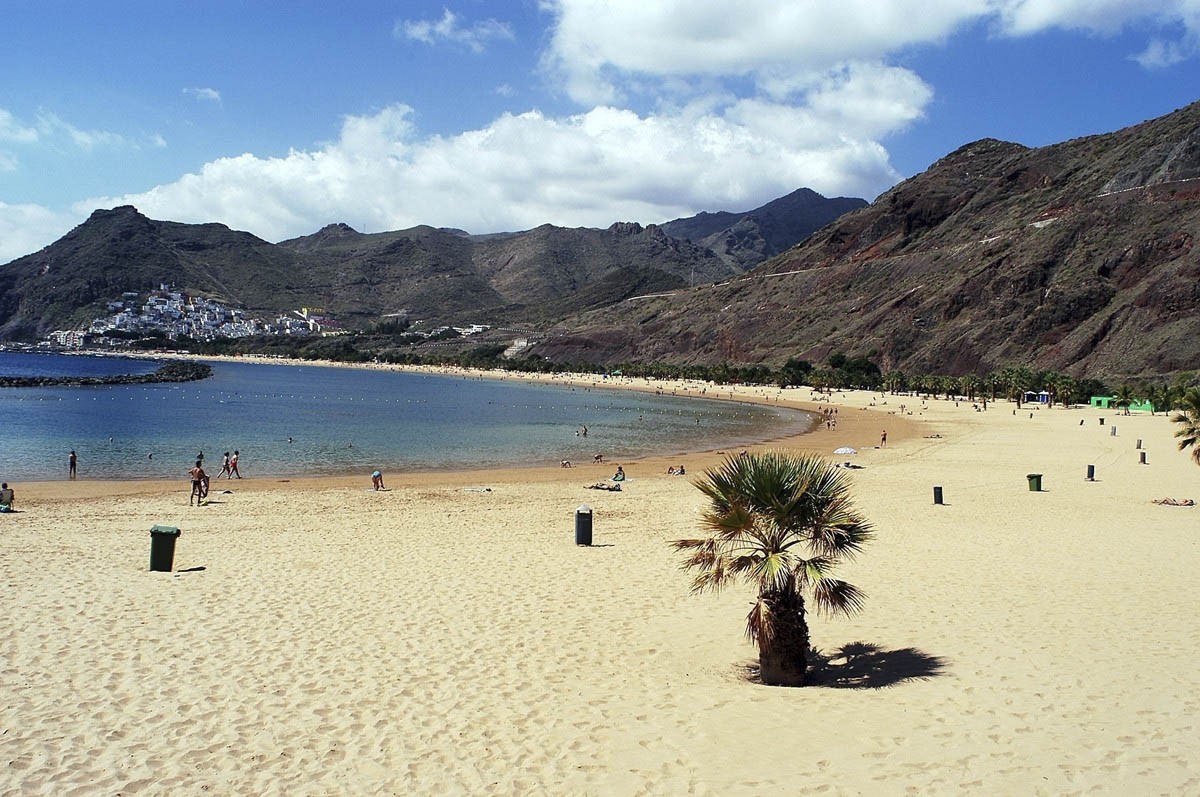 |
| Sand is regularly shipped to the Canary Islands from the Western Sahara desert to regenerate beaches and also for use in large-scale construction. Unfortunately, a large proportion of this import is illegal. |
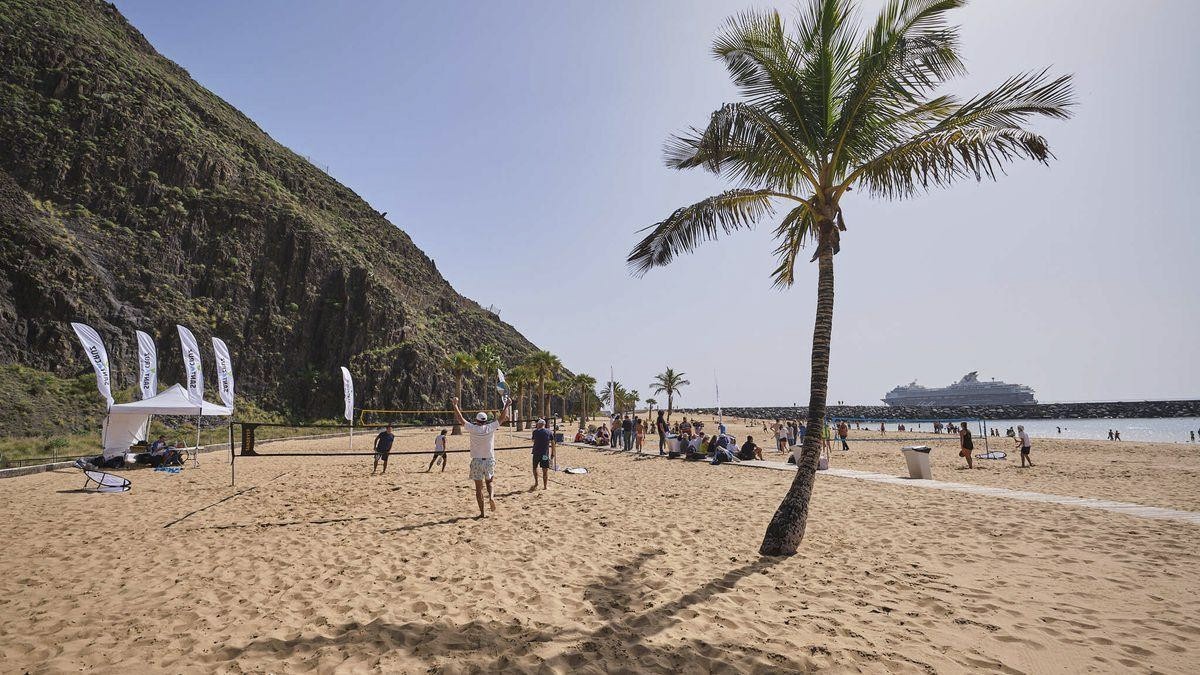 |
| “This sand mining has many consequences for Western Sahara and its people,” explains ENACT Africa, an organization that fights transnational crime in Africa. “Economically, Moroccan authorities and companies benefit from this trade. Environmentally, such mining disfigures the landscape and erodes sensitive ecosystems.” |
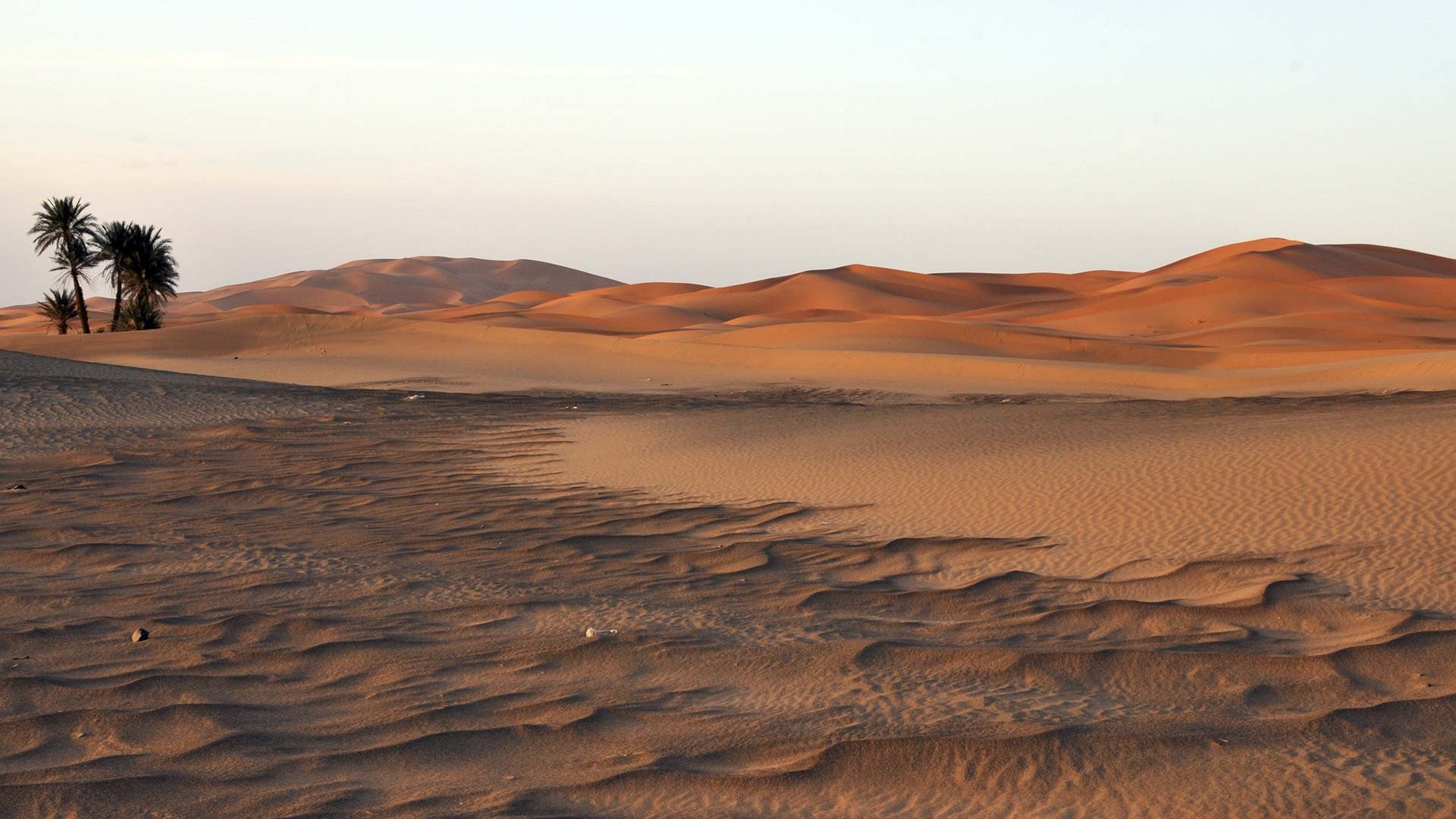 |
| Sand is a limited resource and the world seems to be running out of it because of the huge amount of this material that humans use in construction. According to one estimate, the world uses 50 billion tons of sand every year, enough to build a 27 meter high, 27 meter wide wall around the world. |
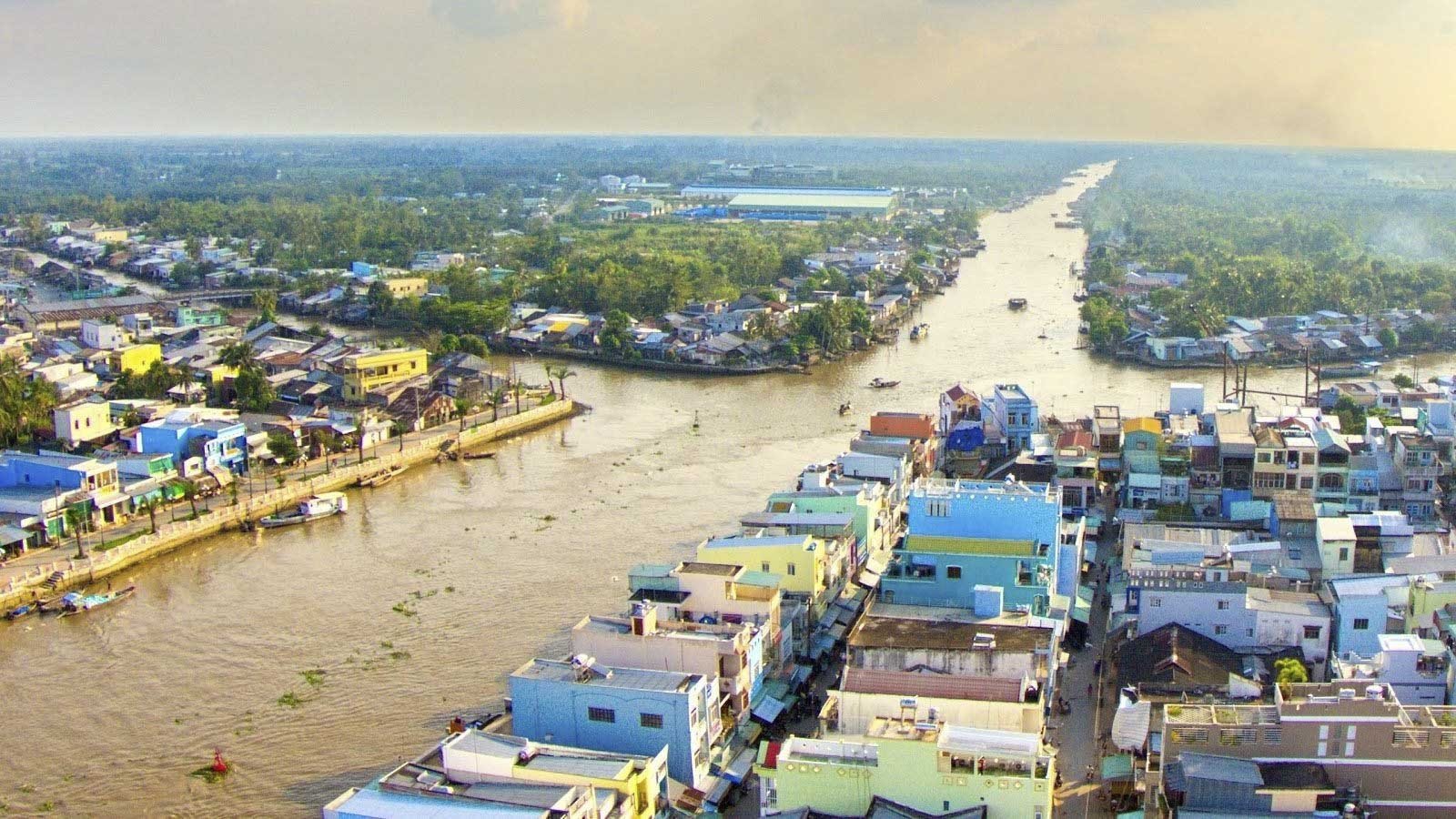 |
| What makes sand mining so serious is that many illegal miners steal sand from beaches and riverbeds, rather than from the desert, because desert sand is too fine to be used as a binder in concrete. Mining sand from sensitive areas reduces biodiversity and creates additional environmental risks, such as the gradual disappearance of the Mekong Delta in Vietnam. In recent years, a growing number of activists and scholars have called on the United Nations and the World Trade Organization (WTO) to do more to limit the damage caused by sand mining. |
(according to Vietnamnet)
Source



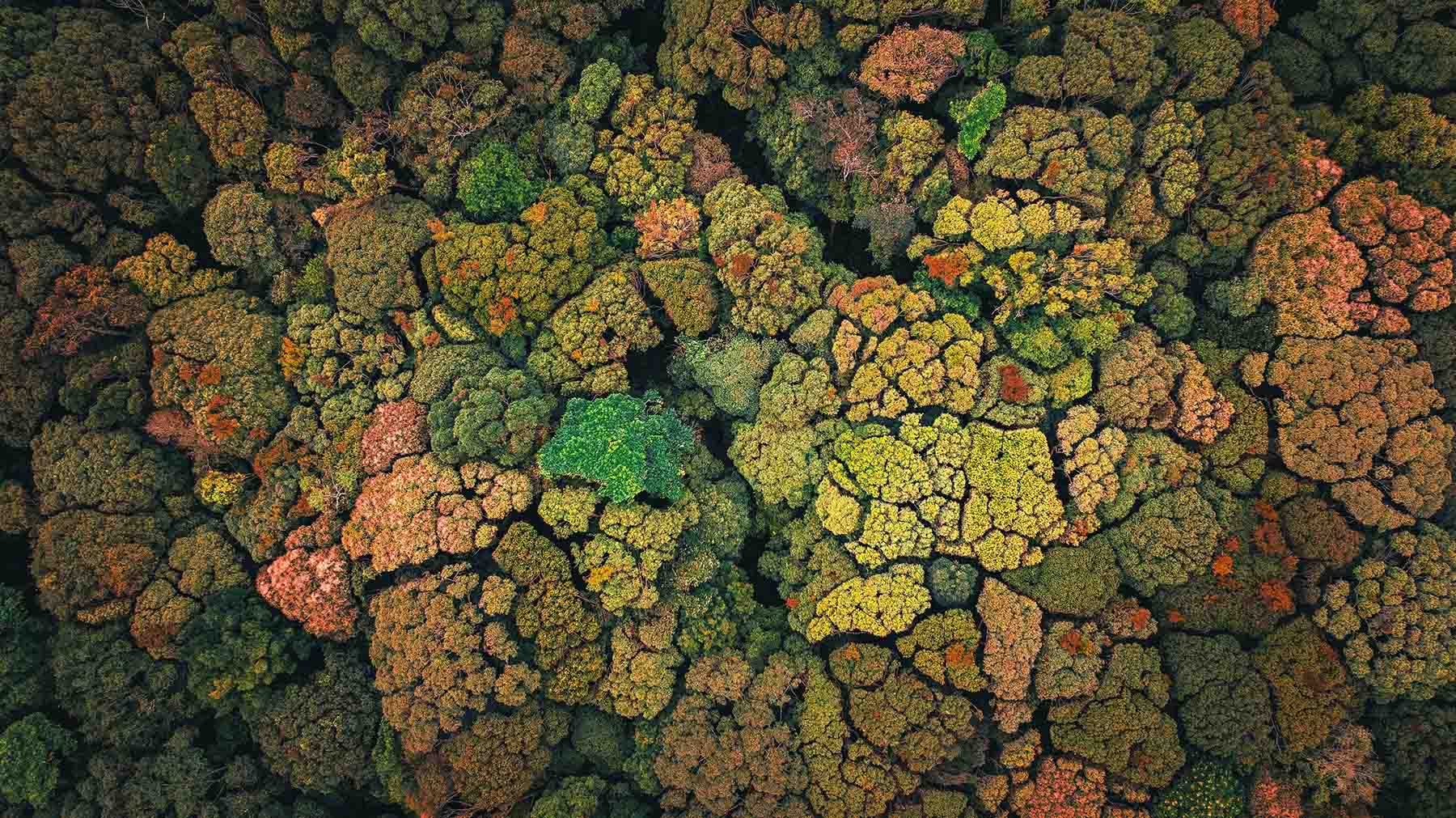

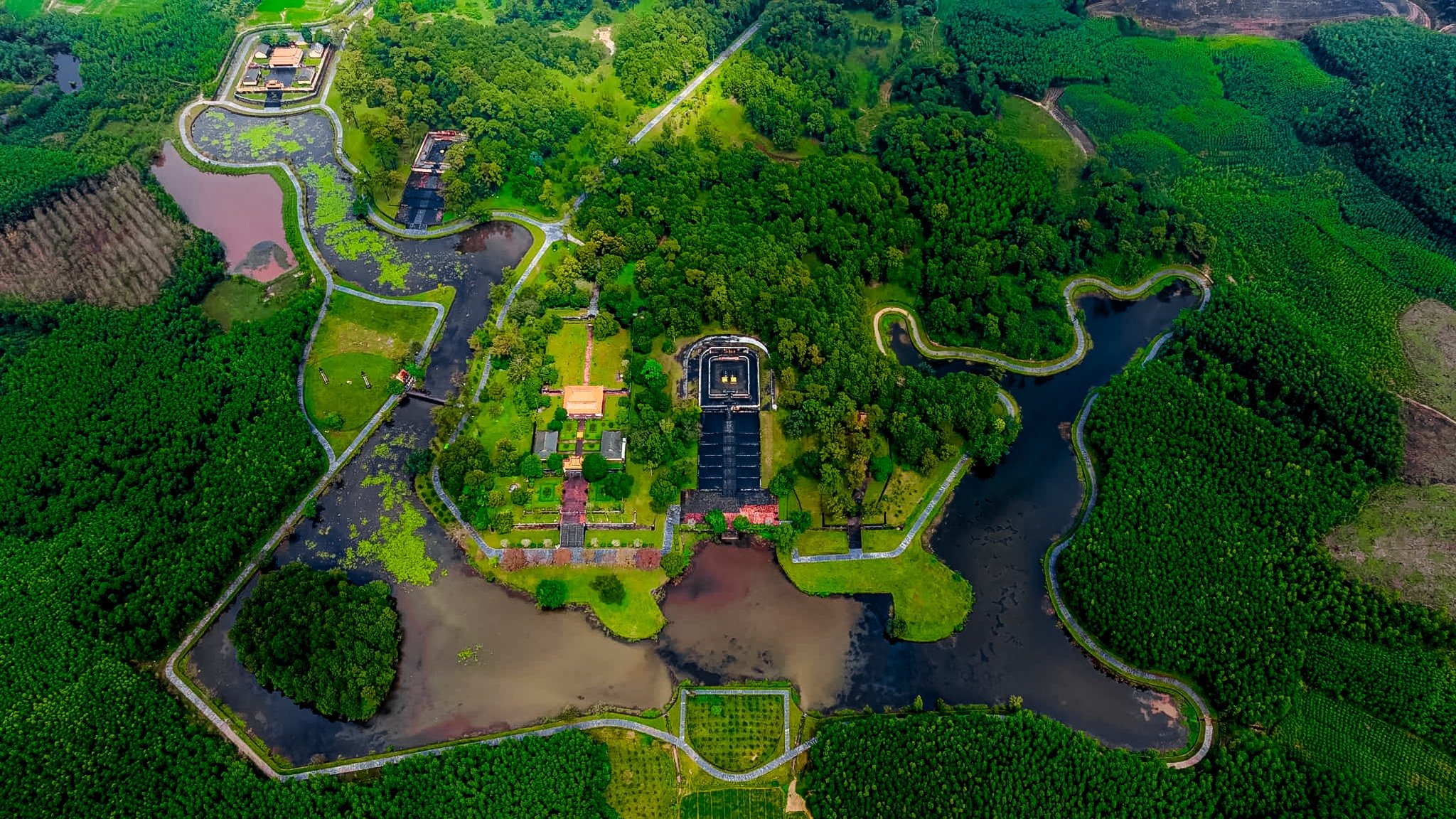


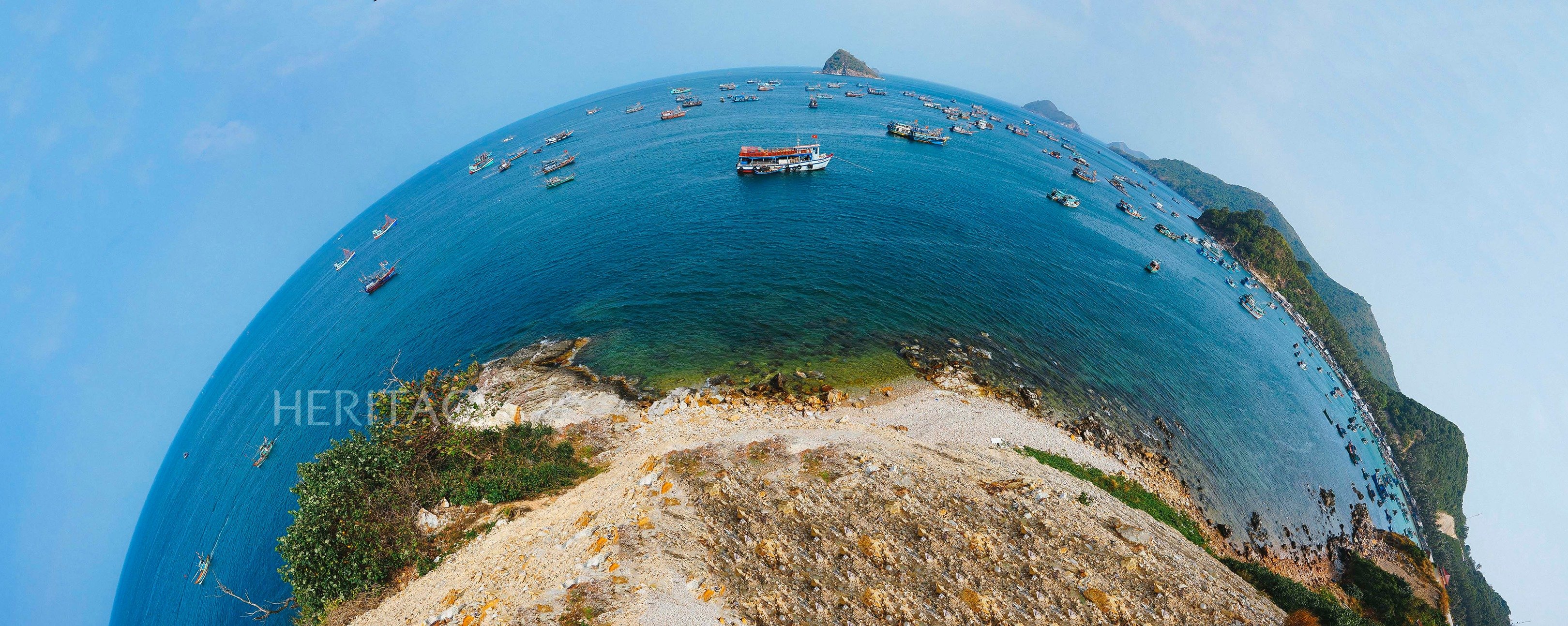













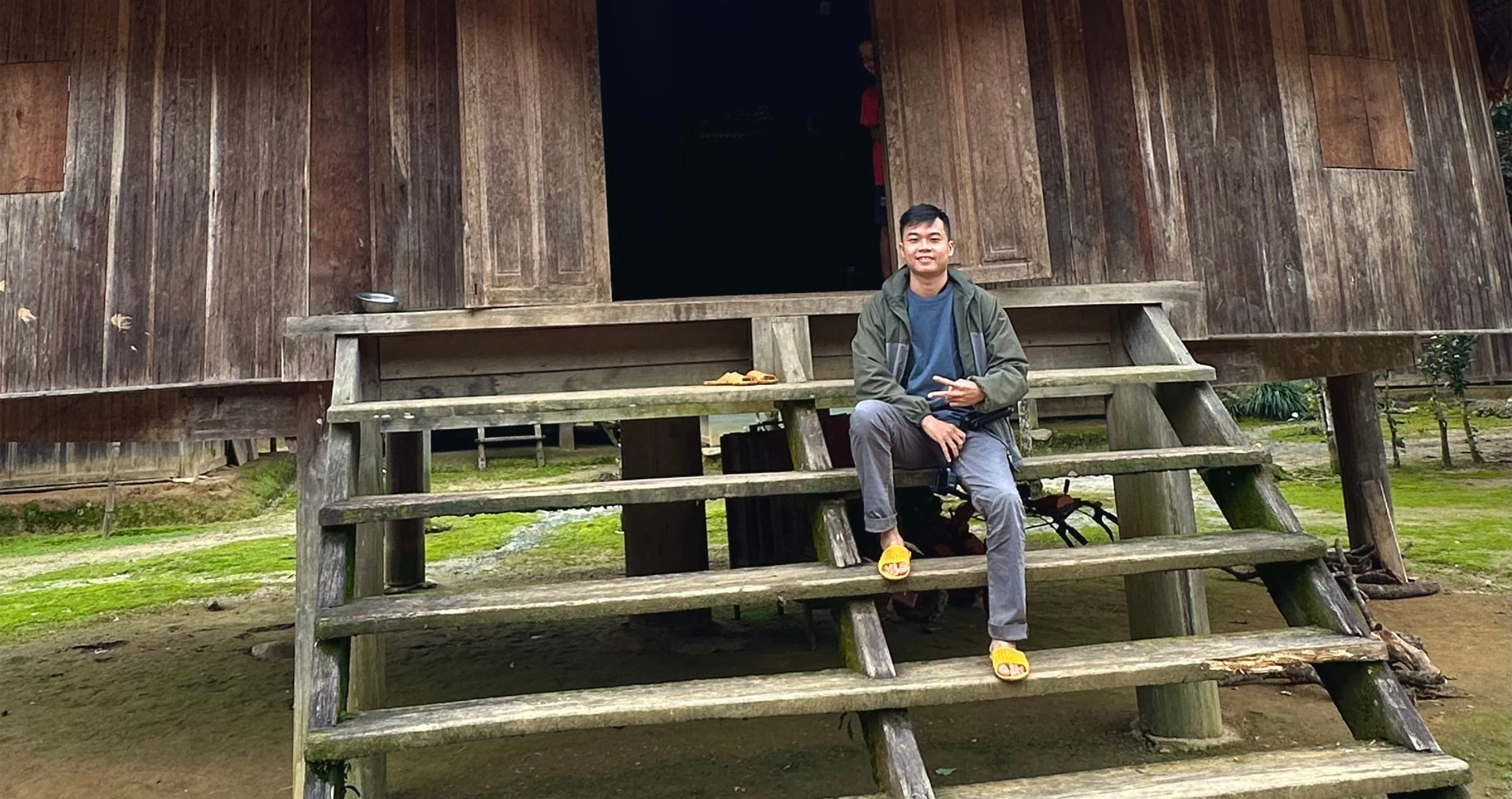











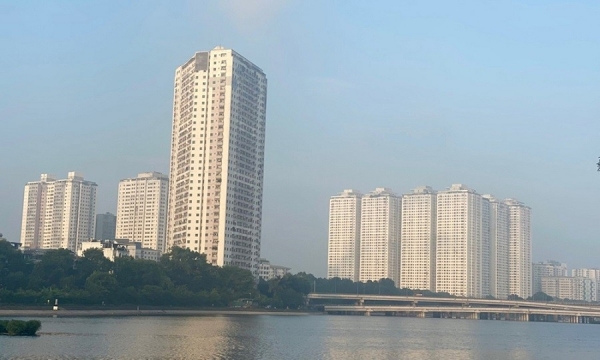







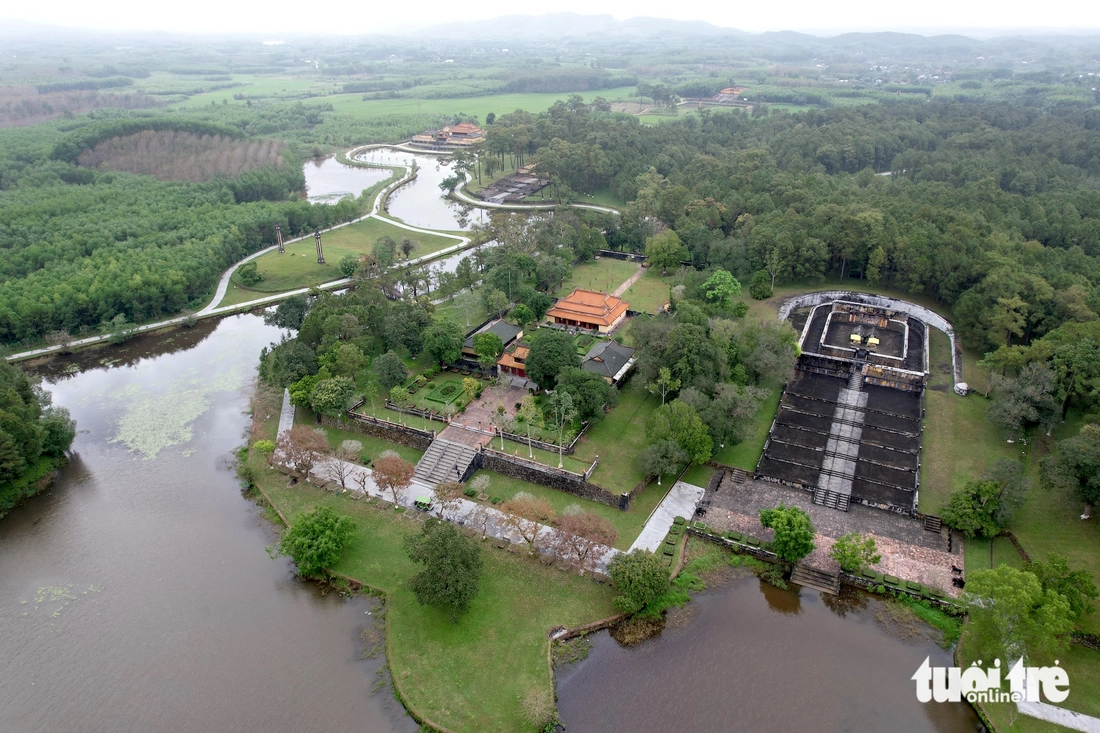
























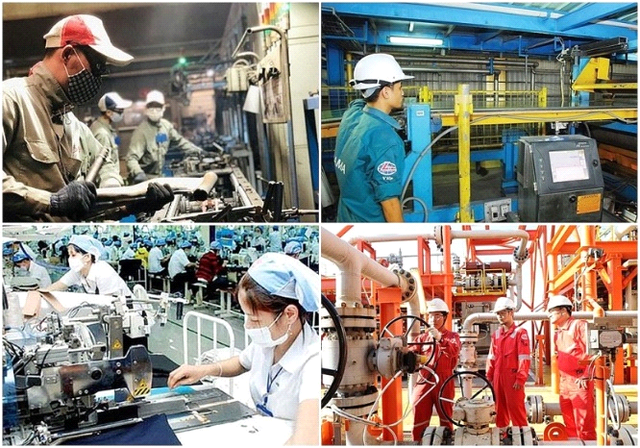















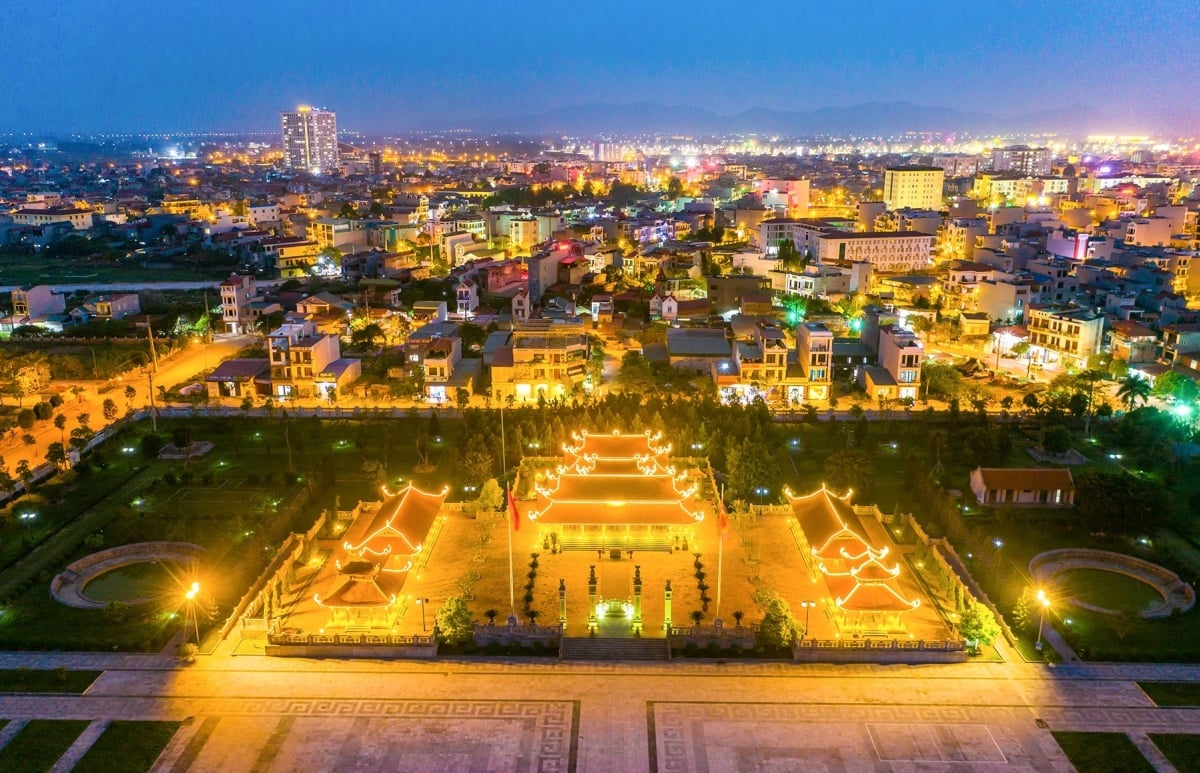





Comment (0)